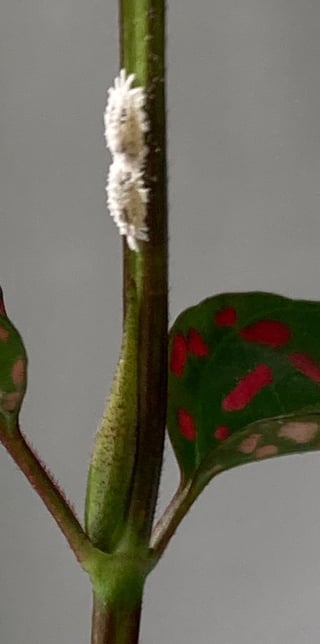I'm going to go for a slightly unsatisfactory answer here and say that you can make up anything you want and it'll be OK.
The problem is that there are no examples of biological processes that use aluminium. From the encyclopedia of metalloproteins, the entry for "aluminum in biological processes" says:
Aluminum is neither required by biological systems nor is it known to participate in any essential biological processes. While today all living organisms contain some aluminum, there is no scientific evidence that any organism uses aluminum for any biological purpose. There is similarly no evidence from the proteome or genome that any organism has utilized aluminum at any time in the evolutionary record. Aluminum’s abundance and paradoxical lack of biological function remains a biochemical enigma.
It is argued that aluminum’s absence from biochemical processes can be best explained in terms of its “historical” absence from biochemical evolution (Exley 2009a). In spite of its abundance in the Earth’s crust, aluminum was not biologically available for the greater part of biochemical evolution.
The linked reference (Using Darwin in helping to define the biological essentiality of silicon and aluminium) is behind a paywall, but does have some potentially interesting things to say...
- Aluminium biochemistry is potentially a bit rubbish compared to more commonly used metals
aluminium’s slow ligand exchange rates are suggested to preclude any efficacy as a metal co-factor for enzymes
- Aluminium has had historically very low bioavailability
There is evidence in DNA that non-essential heavy metals such as cadmium have at a previous time in biochemical evolution been both encountered and selected
out of biochemistry... There are no known designed-for-purpose mechanisms by
which aluminium is specifically either kept out of or removed from biota, nor is there evidence in biochemical evolution of significant encounters between biota and biologically available aluminium. Therefore, even allowing for its ubiquity within the Earth’s crust, the logical explanation of the non-essentiality of aluminium must be that biochemical evolution has proceeded in the absence of biologically-reactive forms of the metal
This all adds up to say that there are no real-world examples of the chemicals you're interested in, and so no-one can really answer your questions in a useful way. Not only that, but the chances of aluminium-using biota arising naturally are pretty small in the first place.
I'd suggest that you stablise your silica parts with aluminium-bearing chemicals from the environment, but give up on the idea of aluminium-based blood.
If you weren't prepared to do that, then you could just handwave in any colors and flavors that you like, because no-one is realistically going to be able to prove you wrong.




